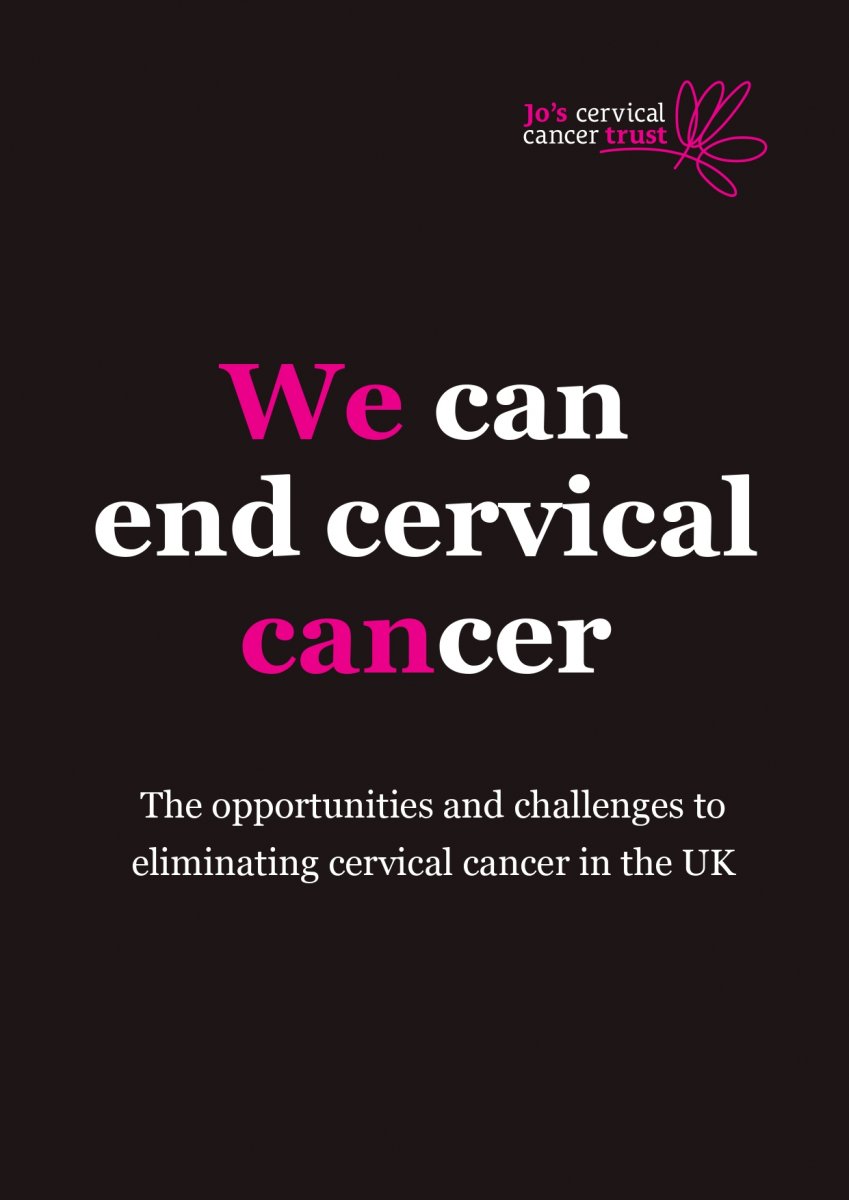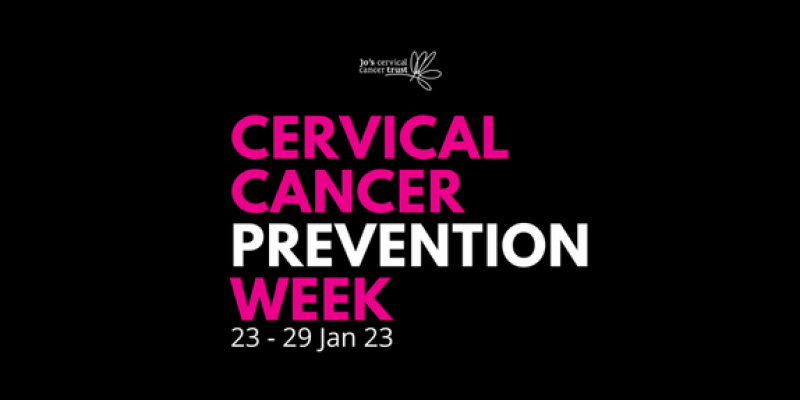We can end cervical cancer: The opportunities and challenges to eliminating cervical cancer in the UK
Last modified: 5 June 2025, 08:07
Our latest report calls for action to end cervical cancer in the UK, and highlights some of the challenges and opportunities on the path to achieving this.
9 women a day are diagnosed with cervical cancer in the UK, and 2 women a day lose their lives to this disease. In 2020, The World Health Organization launched a global call for action to eliminate cervical cancer. Countries round the world have developed strategies and targets to eliminate cervical cancer, and we want the UK to do the same.
The UK is taking steps towards reducing the impact of cervical cancer, but we’re calling for that to happen faster. Crucially, we’re urging that no-one is left behind. To eliminate cervical cancer in the UK we need strategies that recognise the importance of the entire cervical cancer prevention pathway and commit to improvements and innovation throughout.
We spoke with professionals working in and alongside cervical cancer prevention and treatment, and found that only 17% think enough is currently being done to end cervical cancer in the UK. Only 20% think enough is being done to ensure high levels of HPV vaccine uptake, and just 16% believe that enough is being done to support cervical screening uptake.
When asked about the biggest challenges to elimination, workforce pressures and inequalities in uptake of HPV vaccination and cervical screening came out on top. HPV self-sampling, which allows women to test for HPV in their own home, was considered the top opportunity to help end cervical cancer sooner.
Our recommendations
We are calling for:
- UK governments to commit to eliminating cervical cancer and develop strategies that are ambitious, forward looking, and evidenced.
Cervical cancer could be the first cancer in the world to be eliminated, but we should not be complacent, or assume this is inevitable. Data modelling must be at the heart of any strategy setting out realistic but ambitious targets. UK targets should reflect the current state of the programmes in the UK and be more ambitious than those set by the WHO. - Workforce planning, including as part of cancer and cancer workforce strategies, which recognises the needs of the different workforces across cervical cancer prevention.
Workforce planning must look to the needs of the programmes of the future and include the training and retention of staff. Changes to one part of the pathway should be made in conjunction with other areas where a knock-on effect may be felt. - Everyone to have equal opportunity to reduce their risk of cervical cancer.
Identifying opportunities to increase access and reduce inequalities to the prevention programmes should be prioritised. We need research to better understand barriers, outreach to communities less likely to engage in screening and vaccination programmes, support to help attendance, and speed in developing an HPV self-sampling programme that could provide an opportunity to attend for those currently unable to access screening. - Research to close the gaps in understanding across the programmes.
We need more research and greater speed in adopting innovations. There are opportunities to improve programmes, such as moving to HPV primary screening in Northern Ireland, and developing AI and digital cytology technology, that the UK should take advantage of. Work is needed to reduce inequalities, with opportunities including HPV self-sampling. Research into non-HPV cervical cancers is crucial if we are ever to truly make this a disease of the past. - Investment in technology.
The workforce should be operating on systems which are fit for purpose, provide a complete picture of patient history, facilitate greater targeting of interventions, and do not hold up progress. We need data to measure progress and inform action, and these data must be clearly and consistently recorded on up to date and accessible systems. - Increased public awareness.
Using a life course approach to information and education across the cervical cancer prevention programme, from vaccination to exiting screening. With accessible, patient-centred information at every step, everyone should be aware of their risk and understands what it means to take part. - Those with cancer to be included.
The development of any strategies and actions to eliminate cervical cancer must not side-line those living with and beyond diagnosis. There will always be cases that cannot, and have not, been prevented. When looking to eliminate cervical cancer, we should also be looking to reduce the impact for those affected. This means investment in better and less invasive treatments, greater provision of care for those affected by the side effects of cervical cancer, and more treatment options for those with advanced cervical cancer. The closer we get to elimination, the more important it is that the needs of this group are not overlooked.
Share this report on social media with the hashtags #CervicalCancerPreventionWeek, #WeCan, and tag @JosTrust to help highlight what the UK can do to make cervical cancer a thing of the past. If you would like a Word document version of this report, please email [email protected]

Your support is essential in helping us see the day where cervical cancer is a thing of the past.


